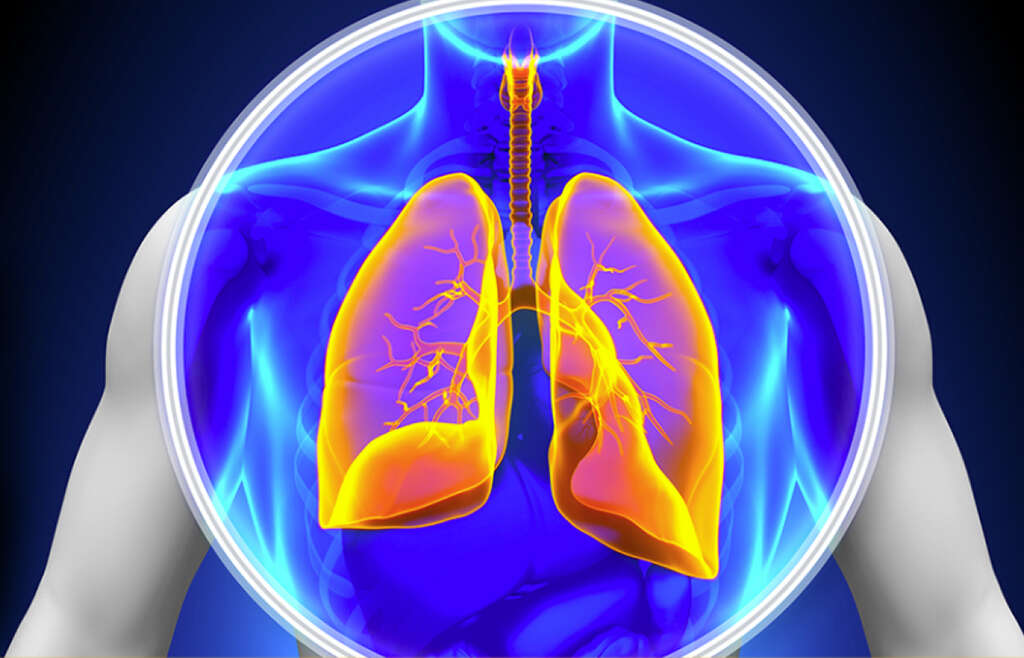10 Symptoms of Valley Fever
Valley fever is caused by an infection from a fungus known as Coccidiodes Immitis and Coccidiodes posadasii. 1https://www.cdc.gov/features/valleyfever/index.html. The official medical term for the disease is coccidioidomycosis, and it is something to be taken very seriously. Most cases are found in Arizona and California, although it can also be found in other parts of Southern and Central America.
This disease is typically transmitted by inhaling airborne spores and it follows a seasonal pattern with the summer and late fall being the most problematic seasons. Coccidioidomycosis affects the lungs primarily, but up to 60% of the patients show no symptoms of the disease at all. For most patients, the disease is self-limited, requiring no medical treatment at all. For the few cases (less than 1%) where the disease spreads beyond the lungs, treatment is mandatory and complications may arise.

Symptom #1: Fever
Having a fever is among the most common symptoms we will experience when we are ill. It is the result of the body increasing its temperature in order to make it an inhospitable place for pathogens to stay. It is also a common symptom among people that have valley fever.
For as long as the fungus remains in the body, the body’s natural defense system will continue to try and fight it. This means the fever will remain for as long as the patient still has the disease. It might be uncomfortable, but it can help to save your life. This is the most common symptom associated with Coccidioidomycosis, with a reported incidence of over 70% in symptomatic patients.

Symptom #2: Chest Pain
Whenever somebody complains of a pain in their chest area, it is usually something that will cause some concern. Such pains are a symptom of numerous potential problems some of which are harmless, and others that can be deadly. A pain in the chest is also a common symptom of valley fever.
Chest pain is a common complaint of patients with Coccidioidomycosis. It is seen in almost half of the patients with this condition. It is usually associated with the thoracic effort during coughing, but it can also be a sign of a more serious complication like pneumonia.

Symptom #3: Fatigue
We are all likely to get tired after working hard, but food and rest are usually enough to get us feeling fresh again. When we are ill, though, our bodies are often hard at work fighting whatever it is that’s making us ill. This can cause us to feel tired all of the time, even when we have been resting.
With the body calling its defenses into action, available resources are diverted to this cause to help win the battle. This means the rest of the body is neglected, and we feel fatigued as a result. If you are feeling extremely fatigued then you are unlikely to have the energy you need to fight the disease and should consult a doctor.

Symptom #4: Coughing
As uncomfortable as coughing can be, it usually serves a very good purpose. The action helps to quickly expel air and any unwanted contaminants from the lungs and passageways. This helps ensure pathogens are removed and that we are able to breathe with ease.
In the case of valley fever infection, the lungs can become inflamed, causing the body to cough as a reflex. While a cough is usually not something to be too concerned about, medical advice should be sought in extreme and/or persistent cases.

Symptom #5: Weight Loss
Excess energy in the body gets stored as fat so it can be used later when needed. Over time, this can lead to weight gain as our bodies continue to convert energy into fat. Conversely, if we consume less energy we will begin to lose weight and this will often happen when we are ill.
Not only will valley fever likely cause you to lose your appetite, it will also cause a lot of energy and other resources to be dedicated to fighting the disease. This could mean that you use more energy than you eat overall, which causes you to lose weight. Sudden weight loss is potentially very dangerous whatever the cause so it should not be taken lightly.

Symptom #6: Difficulty Breathing
Dyspnea is the medical term used to describe when a person has difficulty breathing. Dyspnea during walking at a slow pace or even at rest is a sign that something is not right.
Valley fever affects the lungs; therefore, it can cause shortness of breath in up to 30% of the patients. If you are experiencing this symptom, you should seek medical attention for proper diagnosis.

Symptom #7: Rash
Rashes on our skin can be caused by a number of things, many of which are quite harmless, such as irritating insect bites or contact with something we are allergic to. Sometimes, though, it can be an indicator of an illness and rashes are a common symptom of valley fever.
The rash associated with this disease is called Erythema Nodosum, and it manifests itself by way of painful red bumps. They are most likely to be found on the lower legs but they can appear anywhere on the body. A rash can be a symptom of numerous causes, some life-threatening, so if symptoms are severe and/or persistent, medical advice should be sought.

Symptom #8: Blood in Sputum
Our airways are made mostly of soft tissues that are lined with a protective lining of mucus. This mucus helps to trap particles and pathogens which can then be coughed up, removing them from the body. The substance that is coughed up is a mix of saliva and mucus and is known as sputum.
Valley fever can have quite a harmful impact on the lungs and the airways, causing them to bleed. This blood is likely to be found in the sputum as it is coughed up from the lungs and airways. If you are coughing up blood with no explanation, then you should arrange to see a medical professional as soon as possible.

Symptom #9: Night Sweats
Many patients suffering from Coccidioidomycosis may experience night sweats. It is important to differentiate night sweats from regular climate associated sweating during night time. These patients usually wake up soaked in sweat.
This is a non-specific symptom associated with many conditions, but if you are experiencing this symptom, you should seek medical attention for proper diagnosis.

Symptom #10: Headaches
Headaches can be a normal finding in patients with Valley fever. Most of the time it is associated with the fever seen in the early stages of the disease. If the headaches are too intense or if they are persistent in the absence of fever, then they could be a sign that the disease has spread into the central nervous system.
Meningitis is a well-known complication associated with disseminated Coccidioidomycosis and it should be evaluated and treated by a medical professional as soon as possible.











